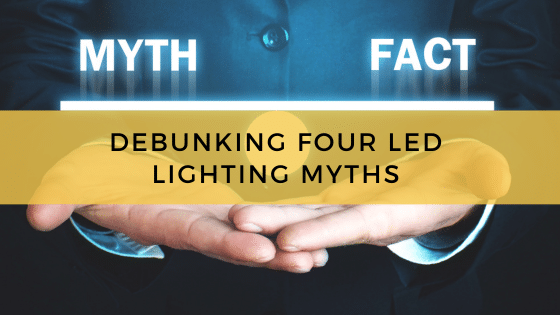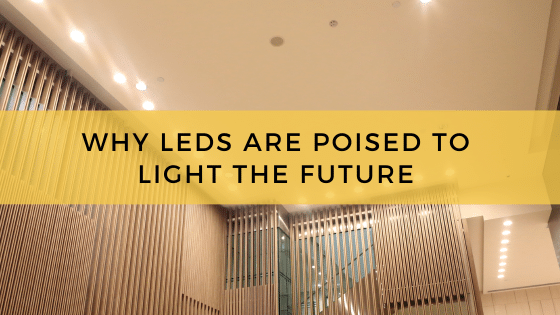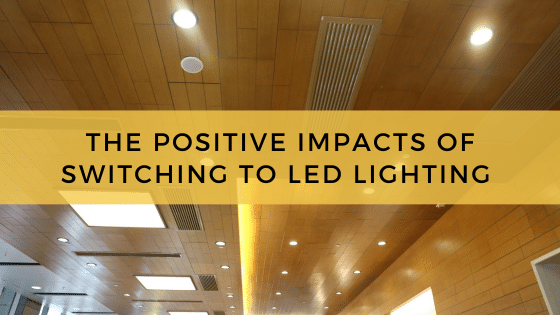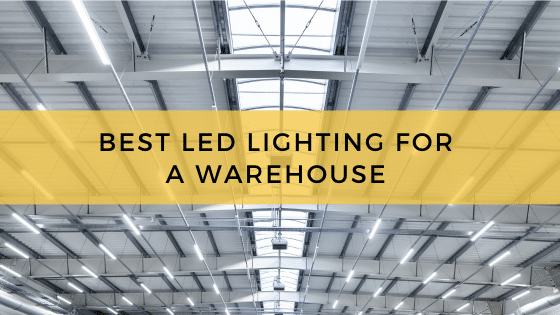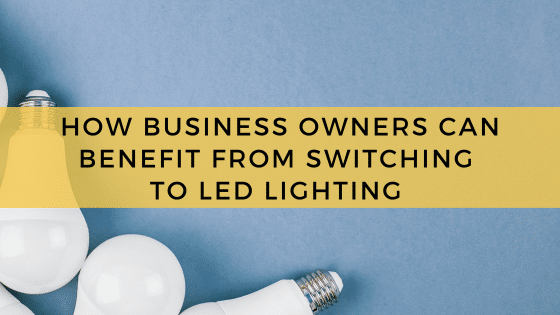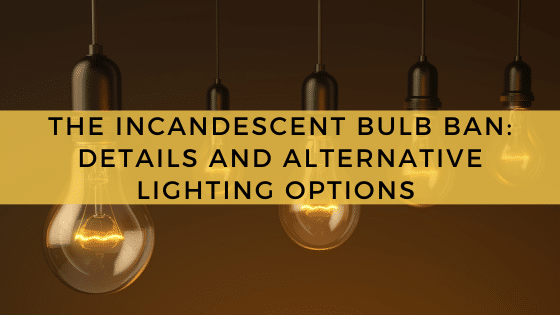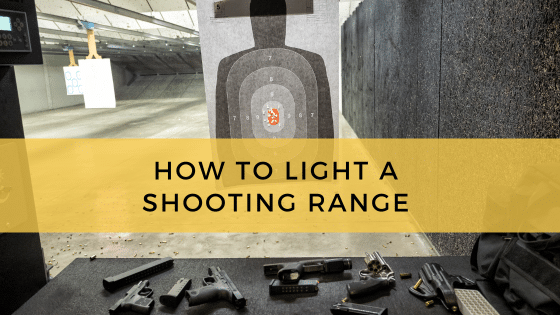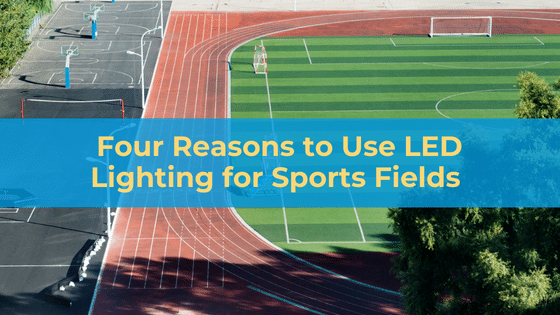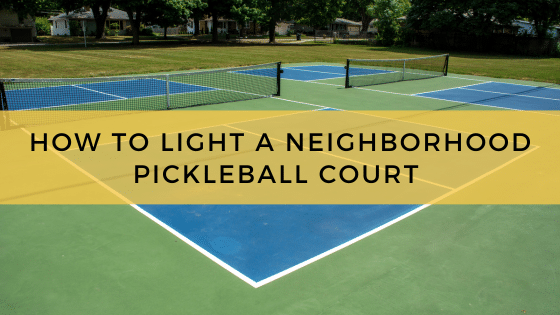
Lighting Up Your Neighborhood Pickleball Court: A Tutorial
Pickleball is the country’s fastest growing sport, and more people are wanting to learn to play every day. As such, pickleball courts are being added to more neighborhood parks, recreation centers and municipalities.
Pickleball is regularly compared to tennis, as the two sports share many similarities. One is the playing area, which consists of a hard court and net, both fenced in to contain the action. However, pickleball courts are smaller, and the action tends to be slower than a tennis match, so these courts require a unique approach to lighting. Sports lighting experts can model a new system (using photometric analysis) and ensure lighting levels are adequate for safe play, regardless of the time of day.
But when setting up a neighborhood pickleball court, there’s an important consideration – how the lights impact people living nearby.
Homeowner’s associations (HOAs) and municipal parks departments are facing a wave of pickleball projects and related lighting concerns. Specifically, how can neighborhood parks feature America’s hottest sport without frustrating people with excessive court lighting?
The answer is an LED lighting system, built with lighting fixtures designed to be minimally disruptive to communities and wildlife.
Recommended Pickleball Court Lighting Standards
Pickleball courts look like a shrunk-down tennis court or an oversized ping pong table, depending on your perspective. The court itself measures 44 feet long and 20 feet wide, though the fenced-in perimeter is considerably larger, at 61 feet long and 34 feet wide. Because they are smaller than tennis courts, it’s easier to fit more pickleball playing areas in any given space.
For lighting professionals, the best approach to illuminating one or more pickleball courts is with a set of pole-mounted LED fixtures. For recreational play, the minimum level of light for safe play is 30 footcandles at ground level – that’s 30 lumens (a measure of lighting output) per square foot. Higher lighting levels are required for higher levels of play, where the ball (and players) tend to move faster. However, for neighborhood parks, the 30 footcandle standard is sufficient.
Another lighting consideration is uniformity. If some parts of the court are too bright or too dark, it will pose unsafe playing conditions, as the player’s eyesight will not be able to adjust quickly enough to react. This is measured using lighting uniformity ratio, which takes the brightest level of light and divides it by the dimmest. An ideal uniformity ratio for pickleball is 2.0 or better – meaning the brightest area on the court cannot be more than twice as bright as the dimmest. This is a tight ratio for sports courts and reinforces the notion that pickleball lighting systems require professional precision.
What an LED Pickleball Lighting Solution Includes
While those are the official pickleball lighting standards, any local lighting requirements will obviously supersede them. In some areas, these ordinances are stringent, demanding near-zero lighting pollution, glare and light trespass. There may be additional requirements for when the lights are allowed to operate, and how efficient the system must be. There may be standards for pole height and wind safety as well. In short, there are many factors to consider, so pickleball court lighting is often designed on a case-by-case basis.
In most cases, though, LED lights offer an unbeatable combination of lighting quality and minimal disruption.
An LED pickleball court lighting system consists of several lighting poles and mounted LED fixtures. Each fixture houses an LED luminaire, and each luminaire houses numerous diodes emitting illumination in tandem.
The number of lighting poles and their height depends on the project, though a widely accepted standard is 20-foot poles. For most installation projects, more than one pickleball court will be placed. In many cases, there are a dozen or more courts in a single park – so lighting poles can be arranged between courts and used to illuminate more than one court. In general, expect to see two or four poles for a single court, and the number will scale up from there for more courts.
How LED Lighting Technology Ensures Compliance with Local Ordinances
As a modern lighting technology, LED fixtures can be readily adapted to meet toughening lighting ordinances. This typically includes restrictions on the amount of light trespass (the amount of light allowed to emit from the property), but there are several standards to account for, including dark sky, pole height, wind rating, and efficiency standards. Here is how current-generation LED fixtures are designed to exceed those standards:
- Lighting trespass and pollution restrictions – LED lights are directional by their engineering, meaning their output can be precisely aimed without the use of reflectors or other special optical features. This directionality means LED fixtures can be installed so that their output is shaped to fit the pickleball court.
LED lights are available in several output distribution patterns, including options that direct almost all the illumination forward and prevent significant backlight and trespass.
Fixtures can also be fitted with a baffle attached to the back of the luminaire, which blocks out any backlight and ensures the illumination only goes where it is intended.
Finally, putting together a photometric analysis prior to construction will show, down to the lumen, where the system’s output is going. Lighting experts can make numerous fine adjustments to their analysis to achieve excellent court visibility while minimizing lighting pollution.
- Dark sky (uplighting) restrictions – Related to the previous point, many municipalities are introducing dark sky restrictions. These restrictions are aimed at promoting a clearer night sky, reducing the negative impact of lighting on human sleep/wake cycles, and reducing the impact on area wildlife.
In general, these restrictions are designed to cut down on uplighting, which is illumination that is cast into the sky instead of on the ground. Uplighting has no benefit to people and is therefore a nuisance.
But LED fixtures, again because of their directionality, can be configured to emit near-zero uplight. This is typically done by shielding the fixture, which “funnels” output into a tight cone of desired lighting angles. Any light that is aimed upward or at angles that could cause glare are shielded out.
- Pole height standards – Some HOAs and municipalities also place limits on the height of light poles. Ideally, pickleball court fixtures are mounted to poles at least 20 feet high, but in areas where this is prohibited, an experienced lighting expert can make the project work with 15-foot poles. LED lighting and its highly customizable distribution patterns make this possible.
If pole height restrictions are present, it’s critical to put together a photometric analysis beforehand. This will ensure adequate lighting levels are possible and ensure the HOA or city knows what the system will look like prior to installation.
- Wind rating standards – In some areas – particularly those along the coast – wind can be a threat to lighting fixtures and poles. As such, it is common to see wind ratings incorporated into lighting standards. These ratings describe the maximum wind speeds the fixture is capable of withstanding before the risk of failure becomes too great.
LED technology also helps with compliance in this regard. LED fixtures are lighter and more compact than older lighting options. They also do not require bulky reflectors (that’s LED’s directionality again), which add more weight and surface area to the light. It is therefore easier for lighting installers to adhere to critical wind ratings when using LED lights.
LED lighting technology is also the most energy efficient available, requires minimal (if any) maintenance, is rated for more than 50,000 hours of excellent performance, and can be used with an array of modern lighting controls. Add it all up and LED lighting solutions are not only compliance-friendly, but they are also the most cost effective for HOAs and municipalities to operate on an ongoing basis.
LED Solutions Keep the Light on the Pickleball Court
As pickleball continues to grow in popularity, more HOAs, parks departments and community centers are preparing to install courts for a growing body of players.
And luckily for pickleball players, and the decision makers responsible for approving court construction, LED lighting has evolved to the point where it is a perfect fit for neighborhood parks and sport courts. LED lighting’s unmatched precision, compatibility with shields and baffles, lightweight build, excellent efficiency and excellent durability makes LED pickleball lighting the ideal option.

